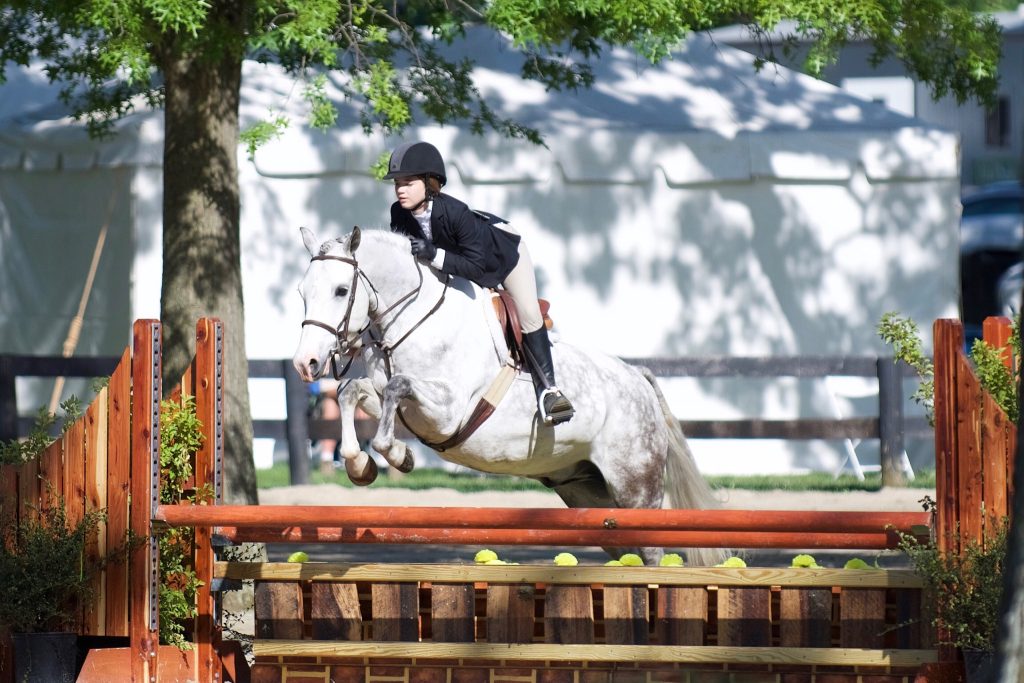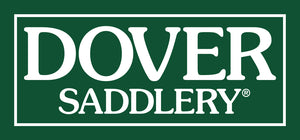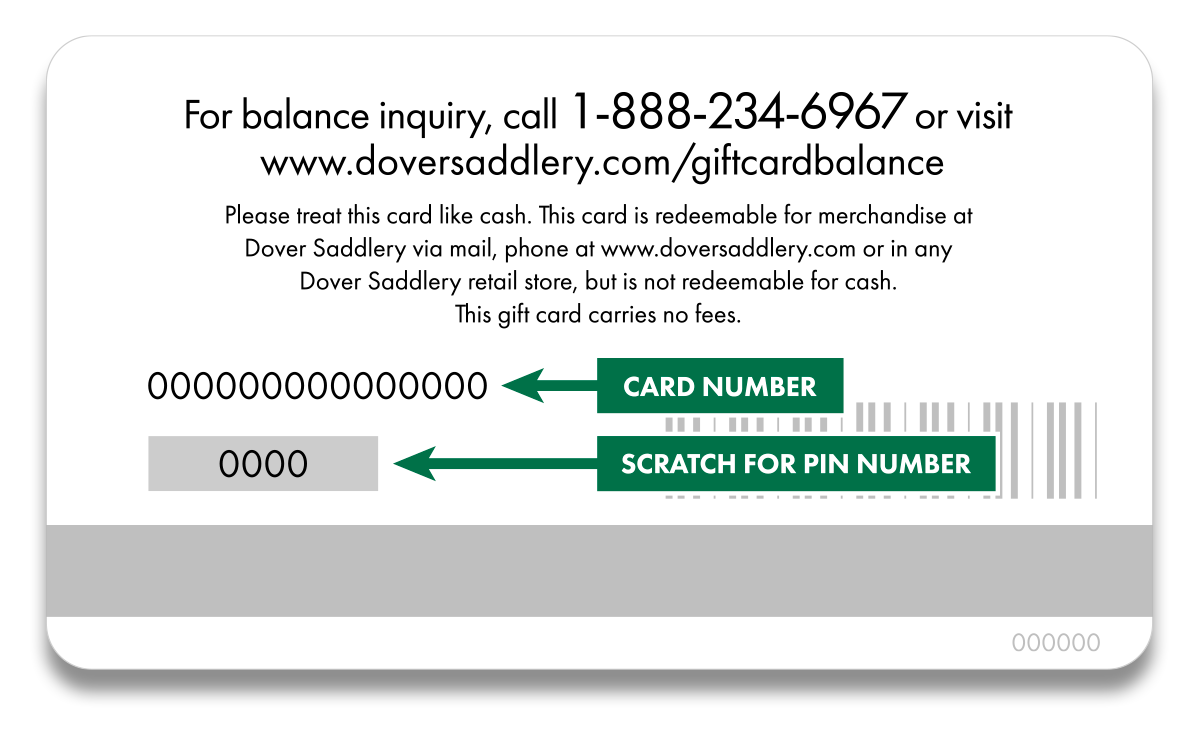 You’ve consulted your coach, read the USEF rules for your discipline—even asked for advice from a Dover associate—to create a list of items for proper show attire. From hairnets to socks, you’ve dutifully gathered your ensemble. But have you put together a show outfit that will help or harm your score? Here’s some information about show coats and show breeches that can help you create a polished presentation that can support earning a great score. Remember, for any article of show clothing, fit matters and brand does not.
You’ve consulted your coach, read the USEF rules for your discipline—even asked for advice from a Dover associate—to create a list of items for proper show attire. From hairnets to socks, you’ve dutifully gathered your ensemble. But have you put together a show outfit that will help or harm your score? Here’s some information about show coats and show breeches that can help you create a polished presentation that can support earning a great score. Remember, for any article of show clothing, fit matters and brand does not.
Your Coat Can Minimize Flaws
A flattering show coat fit creates a streamlined silhouette that can improve the appearance of your riding position and make you appear your most trim. Your show coat must suit the shape of your body. It should lie comfortably across your shoulders and chest without pulling or bunching, and it should let you move freely.
Show coat sleeves should end at your wrist bone. The hem length should flatter your leg and hip area. If a short coat makes your thigh look heavy, opt for a coat with a slightly longer length—as long as it doesn’t impede your seat. If a longer length shortens the look of your leg, try a coat with a shorter hemline.
Fact vs. Fiction on Buttons
A coat with three or four buttons is correct in any discipline. If you have a long torso, then a four-button front closure might flatter your figure best. Conversely, a short torso may look best with a coat that has only three buttons. If every other aspect of a coat fits perfectly, the number of buttons down the front is insignificant.
Self-colored buttons are always appropriate, especially in the equitation ring, and they offer the most streamlined look. Decorative buttons in any other ring let you reveal a touch of your personal style and can be a way to introduce fashionable flair.
Take it to a Tailor
For some riders, finding a perfect fit in an off-the-rack show coat can be challenging. A skilled tailor can usually alter a riding jacket at minimal cost to create a custom look. Fit your shoulders and chest first, then have sleeves shortened, lengthened or narrowed from armpit to the cuff, the waist taken in, or the hemline adjusted.
On the Rise
Choose a snug-fitting breech that flatters your shape when topped with your show coat. Low-rise breeches are trendy and can work well for those with a shorter torso. However, you may want a mid-rise or even a higher rise breech if you have a longer torso. Additionally, if a lower rise waistband creates a “muffin top” that doesn’t work well with the profile of your show coat at its constructed waist, choose a breech with a higher rise to help contour your middle.
If you’ll be wearing a hunter shadbelly, a mid-rise, side-zip breech will probably look best. Pair a dressage shadbelly with a high-waist or regular rise breech for the cleanest look.




You neglected to mention undergarments. I have found that wearing a great fitting one piece tank style bathing suit works wonders to create a smooth line under your show attire. If you find one with a built in bra that doesn’t give enough
support, I cut out the bra portion and it then fits beautiful over my riding bra, creating a non bulgy line under everything. Make certain your tank suit has the straps placed properly so they do not slide off your shoulders when riding, good to test out all of your positions in the fitting room and move around in it before you buy. Perfect for everyday riding as well and Happy Show season.